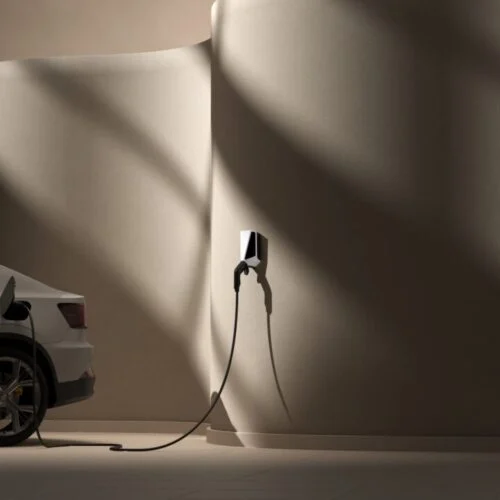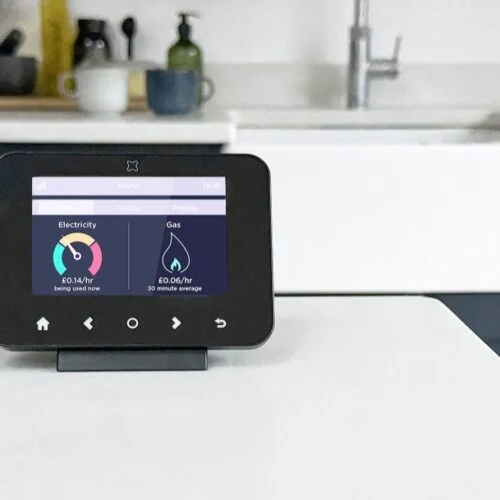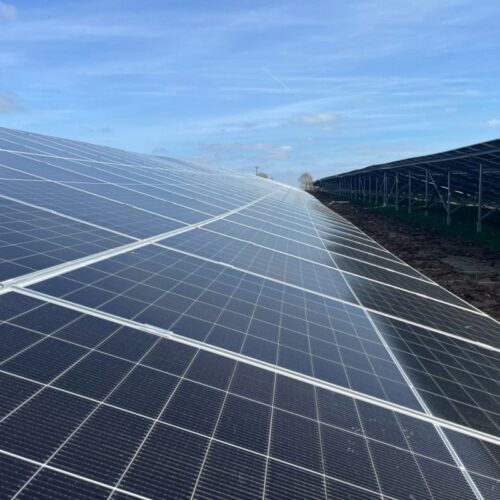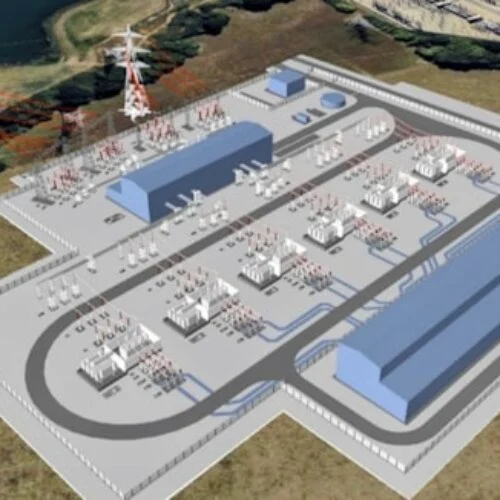Scottish and Southern Electricity Networks (SSEN) Distribution is the electricity network operator for the north of Scotland and central southern England. The business started tendering for flexibility in 2016 on the Orkney Islands in the north of Scotland, where it created the UK’s first Active Network Management (ANM) system.
This early system was the first use of flexibility from distributed energy resources to manage network constraints. The business now has around 609MW of operational flexibility, which can be monitored through its database.
For the latest in our Ask the Experts series, we caught up with Steve Atkins, DSO transition manager for SSEN to find out more about the benefits of flexibility for customers, and what SSEN is doing to grow local markets to provide the liquidity to support net zero.
Just how far can flexibility tendering go in terms of mitigating the need for grid upgrades?
The sky’s the limit. We’re committed to ‘Flexibility First’ and have been putting measures in place to grow our local flexibility markets, because they help us deliver the best outcomes for customers and allow for cost effective management of the network. In the midst of a cost of living crisis, we want to make sure we are using every tool that can help us keep our contribution to customers’ bills down.
Our existing flex markets are with businesses and aggregators, but through our innovation project, TRANSITION, we have been developing flexibility provision with much smaller businesses such as an electric vehicle smart charging app. The next step will be engaging the domestic market, allowing customers to flex their own usage, which could allow them to trade energy with us in the future and manage their costs.
We have published our Business Plan for the next regulatory price control period, RIIO-ED2, and have committed to procure 5GW of flexibility – an ambitious target. So you can see we’re gearing up for scale, through investment in our flexible power platform, and working with existing and new suppliers to drive volumes of flexibility liquidity up.
And how deep is the market?
Contracted flexibility to DNOs is only one part of the pie: you’ve got price signal flexibility and Time Of Use tariffs, dynamic DUoS – there’s a whole range of flexibility formats that we can leverage for the network and a lot of opportunity for suppliers.
We try to engage directly with relevant parties, working closely with suppliers like Octopus and with aggregators. We have also been reaching out to people whose first thought might not be to trade flexibility and we recognise the barriers they face in terms of technical expertise. But we have also found that as they start to realise the potential and scale of flexibility trading, we can get alongside and support them.
One of the things we did recently was offer new entrants £500 towards the costs of setting themselves up on the procurement system. Our aim was to provide an additional incentive and some financial support to, say, a community group, to help them get involved.
We’ve simplified the procurement process as well. We’ve got a dynamic purchasing system that reduces the time taken to register, it’s a lot simpler, and flexibility providers can pre-qualify as well. We’re working to tackle all the barriers that we identify and smooth the route to market, particularly for those people who are not doing this as their day job.
How much faster is it to tender for flexibility in comparison with putting more poles in the ground?
It is much quicker. And that makes it essential in areas where we’ve got fast take up of low carbon technologies, for example. We tend to find the impact of neighbours’ purchasing decisions can drive a whole street: one household in the street will get an electric vehicle and their neighbours see it fitting into their lifestyle, and delivering the benefits of cleaner, cheaper transport. And they think, ‘actually, it’s not such a hurdle…’.
So what you tend to get is those clusters of EVs and heat pumps, or even rooftop solar, all of those things tend to grow in that manner. Flexibility gives us the option to be able to address that much quicker than upgrading the network and it buys us time to identify how great the demand will be.
We ran a project called CrowdFlex, which has informed a lot of our thinking. It showed households that own an electric vehicle could achieve reductions of about 23% in the proportion of their households’ daily demand consumed during peak by flexing in response to a request. And that’s a really significant reduction on evening peak. If we can utilise that then we can accommodate the greater uptake without incurring cost for customers.
So with the number of renewables coming onto the grid continuing to surge, what do you think flexibility tendering will look like in the years to come?
Yes there are huge changes coming down the road and flexibility’s role will continue to evolve. I suspect it will probably start to involve direct contracting by DNOs. The increasing volume of renewables is one reason why we’re embedding flexibility and our wider DSO functionality within our business.
Other parts of the market are beyond our control but will need our support. Peer to peer transactions is an interesting growth area – if somebody wants to trade energy with their neighbour we might not be requesting that or it might not be serving us, but we need to be able to facilitate it.
That’s why a key focus for us in RIIO-ED2 is development of our DSO functionality, to facilitate those smart grid transactions, maintain resilience in the face of all these new demands. We’re due to invest £73 million in our DSO capability over this decade, which means we’ll have an increasingly sophisticated suite of flexibility products, markets and connections that will help customers build their understanding of the opportunities ahead and their ability to engage.
We never forget the fact that we are a central enabler of net zero for our communities. Working with our local customers, growing the flex markets, supporting new clean generation onto the distribution grid and allowing people to use their cars and heating appliances to interact with us and help balance the grid, is all part of a huge and intensely complicated transition that the entire country is going through. The 2020s are a key decade to get a lot of these tools in place, so watch this space.





